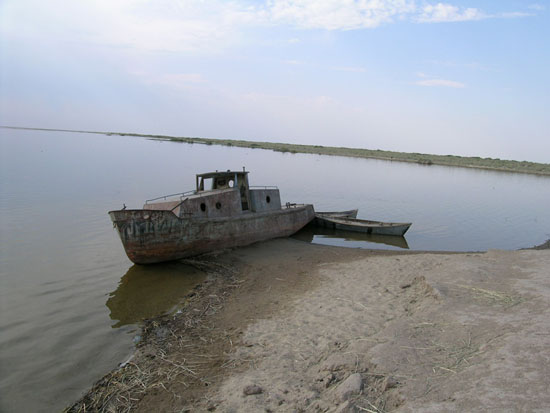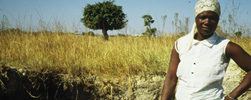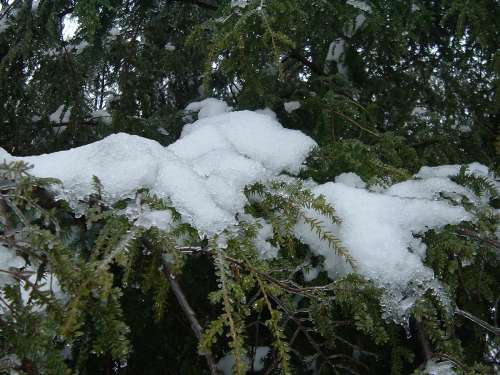The Aral Sea Basin is situated between 55°00’ E and 78°20’ E and between 33°45’ N and 51°45’ N.
The Aral Sea Basin has a total area of 2.7 million km2 and it is shared by seven countries: Afghanistan, Kazakhstan, Kyrgyzstan, Tajikistan, Turkmenistan, Uzbekistan and the Islamic Republic of Iran.

The Aral Sea was once the world’s fourth largest inland sea. Problems began in the 1960s and 1970s with the diversion of the inflowing Amu Dar’ya and Syr Dar’ya rivers in order to grow cotton on arid land in what was then Soviet Central Asia. Ninety-four water reservoirs and 24,000 km of channels were constructed on these two rivers to support the irrigation of 7 million ha of agricultural land.
Read more




